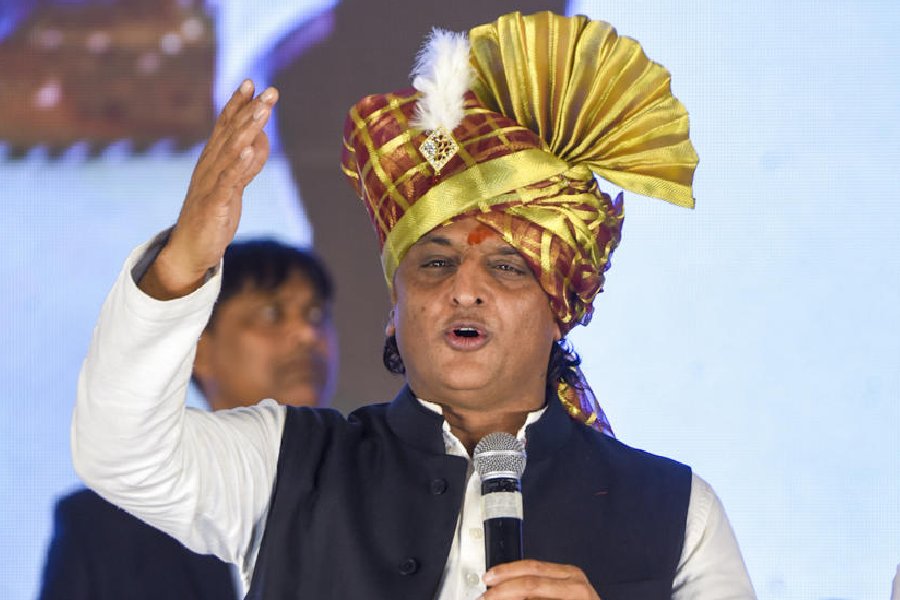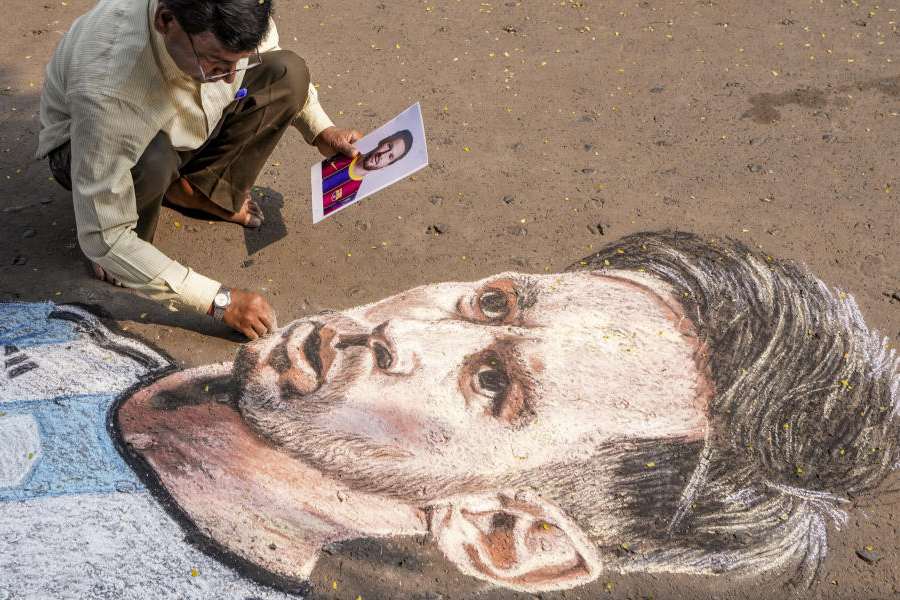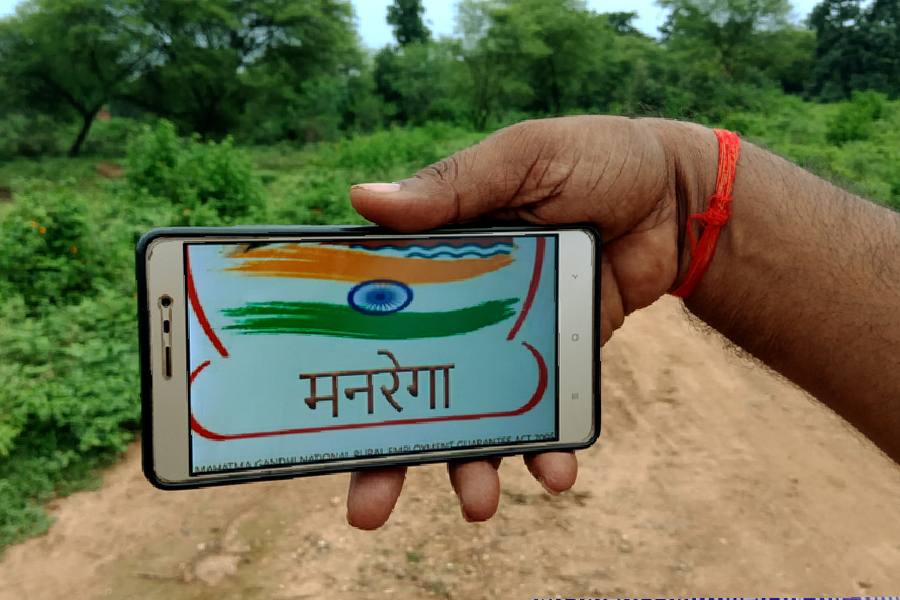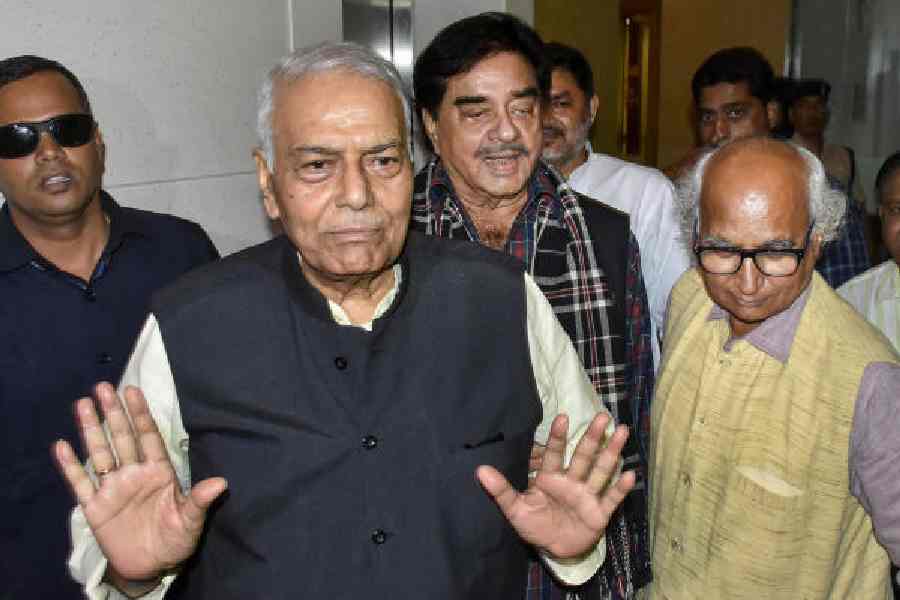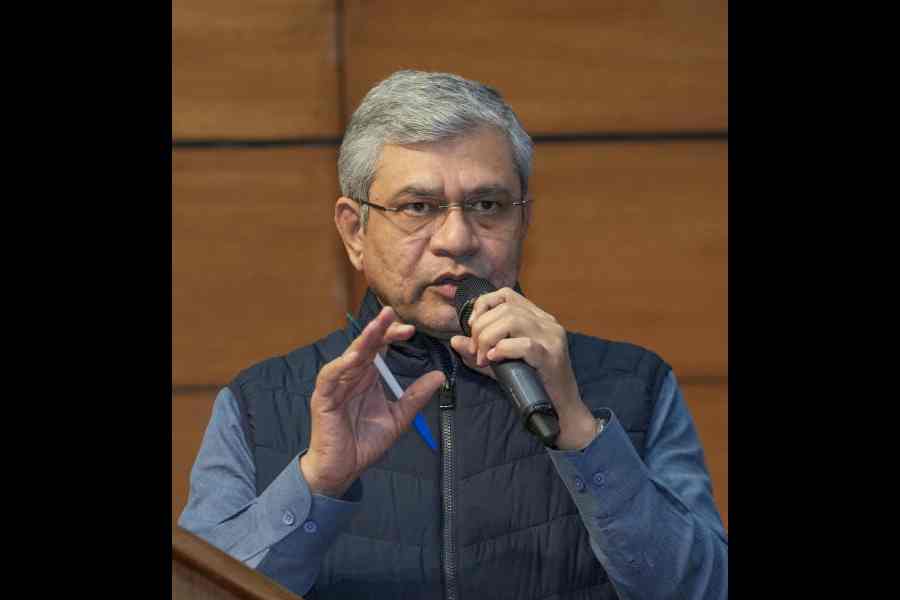A literacy level of 80.9% is good news for India. The Periodic Labour Force Survey report on literacy shows this percentage for those seven years old and above and 79.7% for those five and above. For the former group, the best performing states are Mizoram, Lakshadweep, Kerala, Tripura and Goa, although the New India Literacy Programme places Goa at the top of the list at over 97%. The report of the Foundational Literacy and Numeracy Assessment Test, which depends on certification, found that Tamil Nadu performed the best with 100%, while Tripura followed closely. That makes Tripura one of the best in the country in both literacy and foundational education. All these states show an awareness of the need for literacy and functional education, suggesting firm policies and the political will to empower the people. In the FLNAT results, Uttarakhand, Gujarat and Himachal Pradesh were the least successful, although even they achieved around 85%. Himachal Pradesh, though, had been one of the earliest states to gain high literacy, but it is not doing so well in foundational knowledge.
But given the size of India’s population — over 1.4 billion — 80.9% literacy rate means it still has a long way to go. Besides, there are discrepancies in achievement that indicate socio-economic, gender and regional differences. The PLFS data show that Bihar, Madhya Pradesh and Rajasthan are worst achievers in literacy and the gender literacy gap there is between 16% and 20%. This is a countrywide failure: the national average for men is 87.2% and women’s literacy is 74.6%. Girls do well in school, yet clearly a large number of them are not going there or being taught at home. In rural areas, this gap is bigger. In rural Rajasthan, for example, male literacy is 83.6% and women’s 61.8%. This argues certain social attitudes that need to change for high levels of development. There is a difference in urban-rural literacy too, the most acute being in Madhya Pradesh, Uttar Pradesh and Bihar. The best-performing states have narrower differences but they do not disappear. In Tripura, though, the gender literacy difference is over 4%, more than the others in its category. The spread of literacy, whether through schools or adult classes, is obviously still not adequate in rural India. But generally, the outlook can be positive; India’s literacy rate seems likely to improve.


